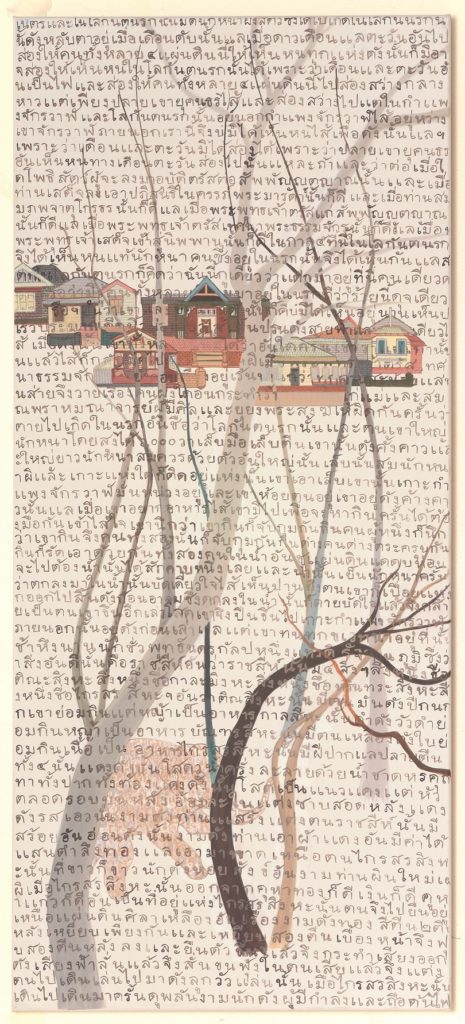The Newsroom
Excerpt: “Traces of Words: Art & Calligraphy from Asia”
To celebrate the launch of the Museum of Anthropology‘s latest exhibition, Traces of Words: Art & Calligraphy from Asia we’re releasing an excerpt of the introduction of the accompanying book by Fuyubi Nakamura, sociocultural anthropologist, and curator at MOA.
Introduction
by
Fuyubi Nakamura
The visual and physical presence of words has a special significance across Asia, which has the greatest diversity of languages in the world. Writing, especially calligraphy, has been revered as an aesthetic form, and has played an important social and political role in Asian traditions ranging from religious texts in Sanskrit to Islamic and Chinese calligraphy. “Calligraphy is woven into the fabric of everyday life” in many parts of Asia. The significance of words, both as text and as image, has continued to inspire contemporary artists.
Produced in various materials and styles—from calligraphy and painting to digital and mixed media—the words presented in the exhibition Traces of Words: Art and Calligraphy from Asia are physical traces of time and space, embodying what is ephemeral and also what is eternal in our life. We leave traces of ourselves throughout life, be they visible or invisible. Words, whether spoken, written, imagined, or visualized, are traces unique to humans. Some words disappear while others remain only in memory or leave physical traces as writing or text. These traces are the theme of the exhibition.
The exhibition showcases varied forms of expression associated with writing and words throughout Asia from different periods: from Sumerian cuneiform inscriptions, Qur’anic manuscripts, Southeast Asian palm leaf manuscripts, and Chinese calligraphy to graffiti art from Afghanistan and contemporary artworks using Japanese calligraphy and Tibetan and Thai scripts. Different media for writing—paper, silk, clay, woodblock, or projected screen—evoke different responses to the words. By treating words themselves as material culture, not merely as text, the exhibition invites us to consider the cultural significance and artistic representations of Asian words and writing.
